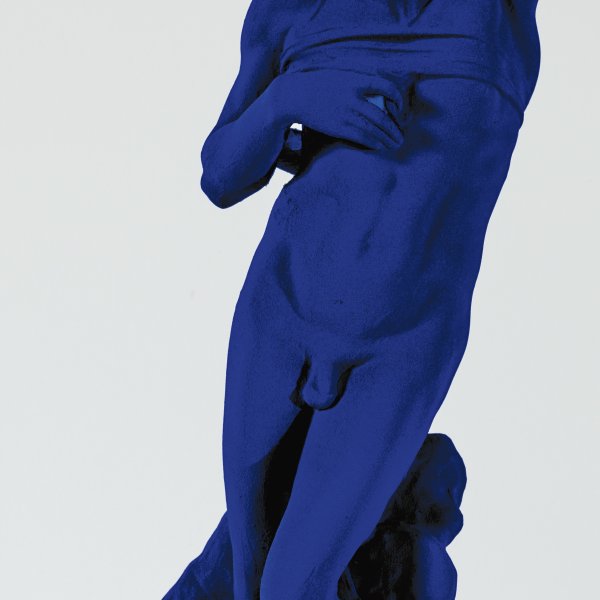Yves Klein
Yves Klein was born in Nice in 1928. His parents, French painter Marie Raymond and Dutch painter Frits Klein, belonged to what was known as the school of Montparnasse. As a teenager Klein was a pianist in a jazz band and practised judo. Japanese music and culture later played a key role in his oeuvre. His fondness for judo took him to Japan in 1952 and to Madrid in 1954 as technical advisor to the Spanish judo federation.
He became involved with the Rosicrucian Order along with his friend Armand Fernández (Arman), and was also initiated into the principles of theosophy, which greatly influenced the pioneers of abstract art. Klein translated his interest in zen philosophy and ideas about the void and the infinite into monochrome paintings, which he first showed in 1955. In 1957 he created his own colour, International Klein Blue, made from pure lapis lazuli pigments and synthetic resin. This marked the start of his so-called ‘blue period’. During the following years he altered and questioned the materiality of art with works such as the anthropometries, where he used the human body to apply the paint.
In 1960 Klein took part in founding the Nouveau Réalisme movement together with critic Pierre Restany and his friend Arman, and collaborated with artist Jean Tinguely. In 1961 he showed his work at the Leo Castelli Gallery in New York. Following successive heart attacks, he died in June 1962 aged only 34.





